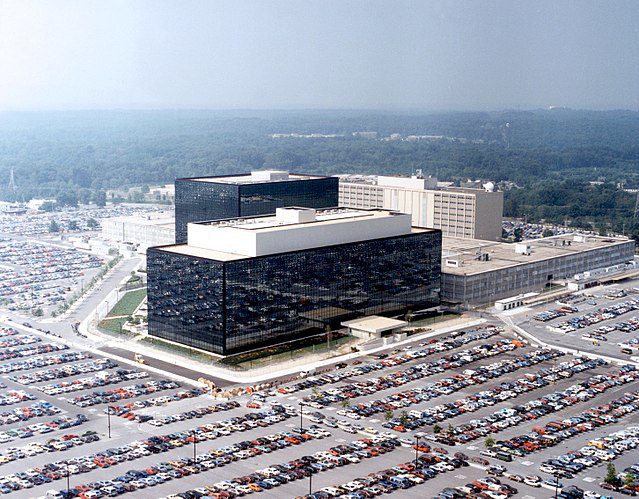A Glimpse Into the National Security Agency
Introduction
Tucked within the sprawling expanse of Fort Meade, Maryland, the National Security Agency (NSA) operates in the shadows but exerts profound influence over the nation’s security posture. Established in 1952 by President Truman, the NSA remains one of the most secretive and sophisticated intelligence organizations in the world. Its dual mission—signals intelligence (SIGINT) and information assurance—makes it a global player in the evolving cyber and geopolitical landscape.
1. Origins and Mission
The NSA’s roots lie in the need for centralized code-breaking and signals intelligence during and after World War II. With its formal birth in the Cold War era, the agency was designed to intercept, decode, and analyze foreign communications while protecting U.S. systems from intrusion.
Its charter divides into two main responsibilities:
-
Signals Intelligence (SIGINT): Intercepting foreign communications and electronic signals.
-
Information Assurance: Protecting U.S. national security systems from cyber threats.
2. Capabilities and Reach
The NSA is a global surveillance powerhouse. It partners with international allies (notably through the Five Eyes alliance) and draws data from a vast array of sources: satellite transmissions, fiber-optic cables, radio waves, internet traffic, and phone communications.
Key capabilities include:
-
ECHELON and XKEYSCORE: Systems designed to monitor and filter massive amounts of global communication traffic.
-
Quantum computing initiatives: Housed in the NSA’s Research Directorate, these projects aim to break modern encryption and develop post-quantum security.
3. Cybersecurity and Defensive Roles
As cyber warfare becomes central to global conflict, the NSA has taken a leading role in defending U.S. infrastructure. Its Information Assurance Directorate (now merged into the Cybersecurity Directorate) ensures the protection of national networks, coordinates with industry, and sets cryptographic standards through collaboration with NIST (National Institute of Standards and Technology).
The agency also plays a key part in securing elections, defending government databases, and shielding classified programs from foreign cyber operations.
4. Controversy and Oversight
The NSA has faced intense scrutiny over the past two decades. The 2013 Edward Snowden leaks revealed extensive domestic surveillance programs, sparking global debate about privacy, civil liberties, and oversight.
In response, Congress passed the USA FREEDOM Act, curtailing some bulk collection programs and increasing transparency. Nevertheless, the balance between security and privacy remains a contentious point in democratic oversight.
5. Collaboration with Industry and Academia
The NSA partners with universities through its Centers of Academic Excellence (CAE) in cybersecurity, cryptography, and information assurance. It also works with private sector firms on technology transfer, artificial intelligence, and zero-trust architectures.
These relationships help the agency stay ahead of rapidly evolving technological threats and drive innovation in encryption, quantum resistance, and machine learning.
6. NSA Today: Navigating a New Era
As of 2025, the NSA faces growing pressure to modernize. Threats from China, Russia, Iran, and North Korea include:
-
AI-driven cyberattacks
-
Quantum decryption
-
Supply chain intrusions
-
Disinformation warfare
Under the leadership of U.S. Cyber Command—which shares its commander with the NSA—the agency is evolving from a passive collector of intelligence into an active player in cyber operations and digital deterrence.
Conclusion
The NSA operates at the intersection of national security and digital life. Its actions influence global politics, commerce, and privacy. As the cyber frontier expands into quantum computing, AI, and space-based communications, the NSA will remain a key guardian—one whose mission will always tread the thin line between security and liberty.
Author’s Note:
This blog aims to inform readers about the NSA’s critical role in national defense. It does not endorse specific policies but seeks to encourage transparency, understanding, and informed public dialogue.

